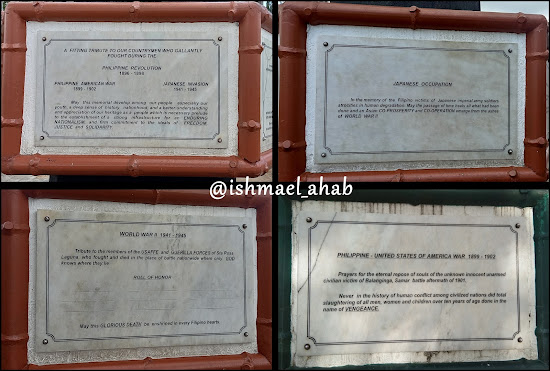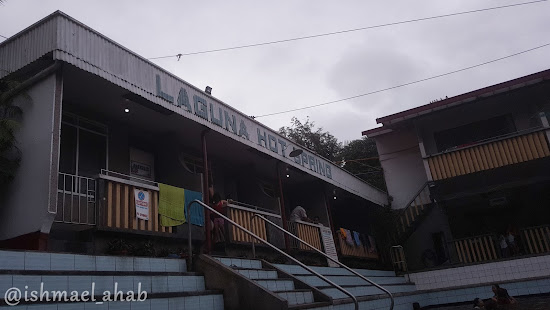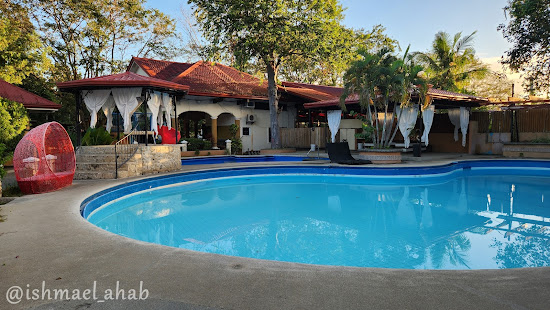The City of Santa Rosa was recently the subject of fury of Philippine heritage enthusiasts after it was reported that the city’s oldest heritage house is being demolished to make way for a branch of McDonalds. The “news” went viral because the owner of that McDo branch is the actor and Santa Rosa resident Alden Richards. The issue eventually died down when it was cleared that what was being demolished is not the heritage house but another structure in its vicinity.
The rage of heritage enthusiasts is understandable since the old poblacion of Santa Rosa is the location of many heritage houses and historical sites. The old poblacion is a valuable heritage area that the city government declared the place as a “heritage square”.
The heritage square of Santa Rosa is not similar to Vigan or even Intramuros as many of Spanish Era houses were replaced by newer structures. The feel of “old” in the old poblacion is somewhat lost as the place is a hodgepodge of the modern and the historical.
However, as a Laguna resident, I still consider it fortunate that I can explore these remaining heritage and historical sites of Santa Rosa:
Rizal Monument and Plaza

|
| Santa Rosa City's Rizal Monument with the tallest pylon in the Philippines. |
Rizal’s monument is the most prominent historical site in the heritage square. The monument features the statue of Jose Rizal in a pose similar to that in Luneta and two pylons, which is claimed by the city government as the tallest in the whole country.
What actually caught my attention in the city plaza is the monument honoring the Santa Rosans who fought during various wars in the Philippines.
I think that this monument is common in the Philippines because I saw similar monument in Davao del Norte. The kampilan, which is the sword displayed on the monument, symbolizes Filipino bravery that were shown in the many wars that was fought in this country.
Unfortunately, the plaque that should list the names of Santa Rosa heroes is blank. It seems that the city government couldn’t find any Santa Rosan whose name could be listed in the monument.
There are also plaques Philippine - American War, and World War II when the Japanese invaders occupied the country.
My favorite passage from these commemorative plaques is the one from the Philippine - American War about the Balangiga massacre:
Prayers for the eternal repose of souls of the unknown innocent unarmed civilian victim of Balangiga, Samar battle aftermath of 1901.
Never in the history of human conflict among civilized nations did total slaughtering of all men, women and chidren over ten years of age done in the name of VENGEANCE.
The USA still has to apologize to Filipinos for the murder that they did in Balangiga and the whole Philippines. The Americans, despite claiming to be civilized people, committed the most barbaric acts during that time.
Heritage Houses of Santa Rosa
Located in the vicinity of Rizal Park are the different heritage houses and buildings of the old Santa Rosa. One is the Gusaling Batasan, which I think was just restored since its “adobe walls” were somewhat new.
Just across Rizal Park is the heritage house occupied by Maybank.
It is good to see that the bank just adapted to the heritage structure and did not make drastic changes to the heritage building.
A few steps from Maybank is the Gusaling Museo, which houses the City Library and the Santa Rosa City Museum. It was the former municipal hall and office of the mayor from 1828 to 1954.
This building was erected in 1828 during the term of Gobernadorcillo Bernardo Zavalla in the Spanish Colonial period. It was then reconstructed in 1954, well after the Second World War. There is even a historical marker on the building that recorded the first election during the “Bagong Lipunan” of President Marcos, Sr. in 1980. Names of some of the political clans of Santa Rosa City are listed in that marker.
Located beside the Gusaling Museo is what I think is the old cuartel of the Guardia Civil.
Monument for Basilio Gonzalez
Another interesting historical spot in Santa Rosa’s Heritage Square is the monument for Col. Basilio Barroma Gonzalez that is located in front of Mercury Drug.
I will talk about this neglected monument of less known revolutionary hero of Santa Rosa in the next blog post.
The establishment of the Heritage Square in the poblacion of Santa Rosa shows that the city government knows the value of history and heritage in a centuries old town. However, I think that Santa Rosans has to do more to ensure the preservation heritage sites since these they gave local history a “face” that cannot be replicated by any photograph.
- - -
Read my other blog posts for the Experiencing and Historical Laguna series:
The Historical Laguna (Part 1): Rizal Monument and a Peek at the History of Biñan
The Historical Laguna (Part 2): The Story of the Iconic Arch of Santa Rosa
Experiencing Laguna (Part 1): Our Overnight Stay in La Vista Pansol Resort
- - -































